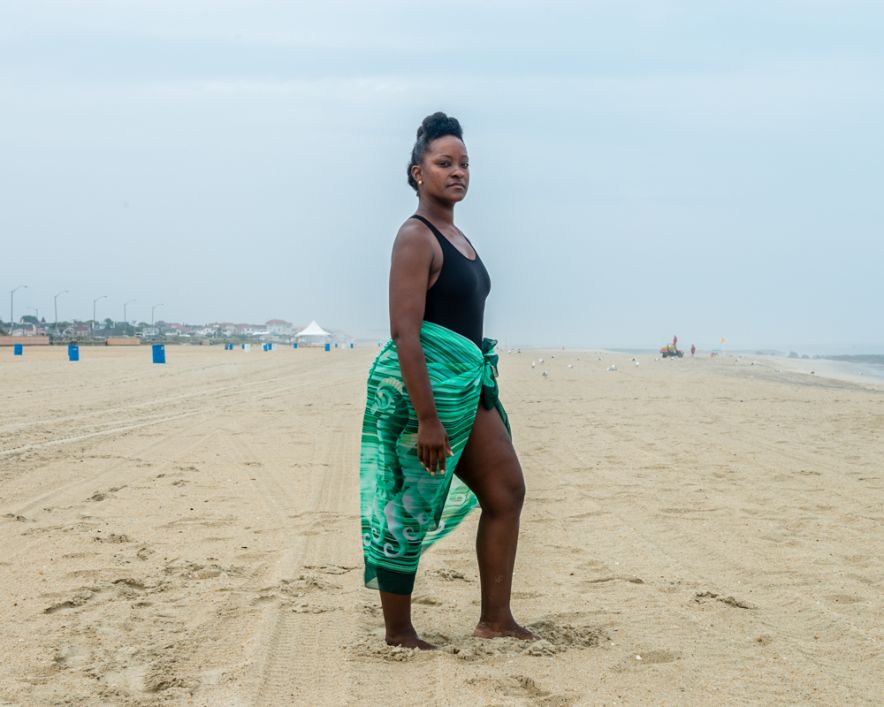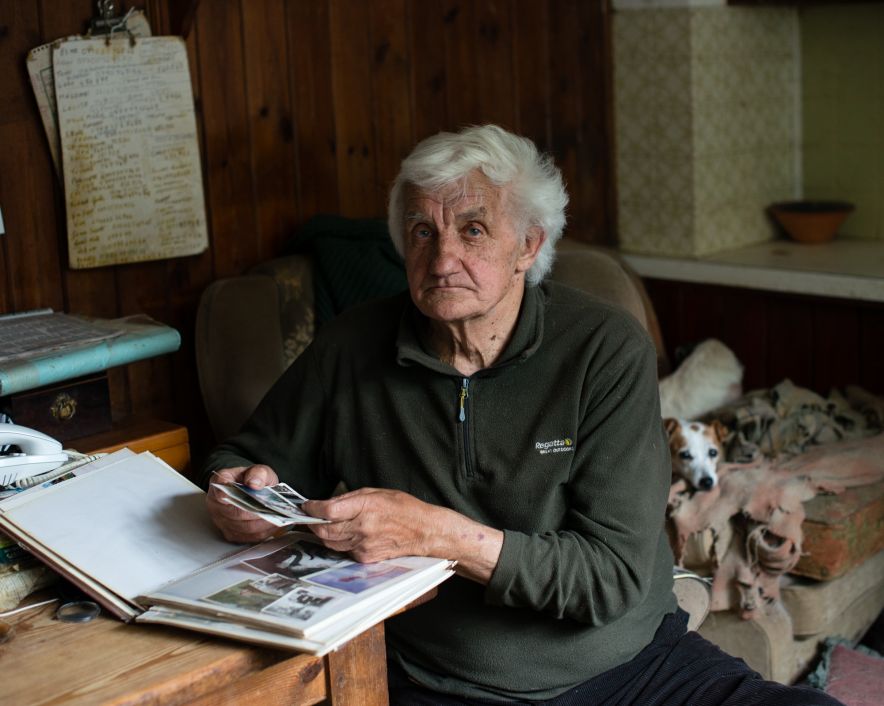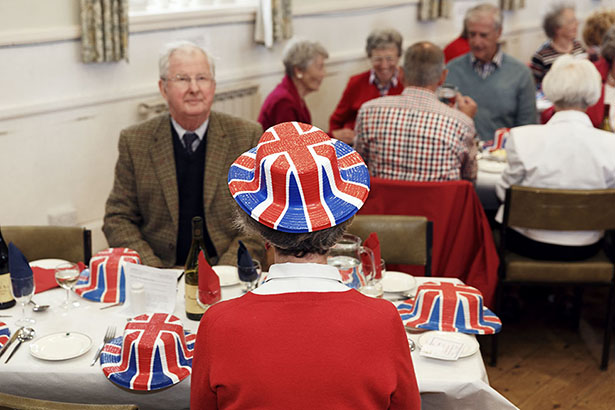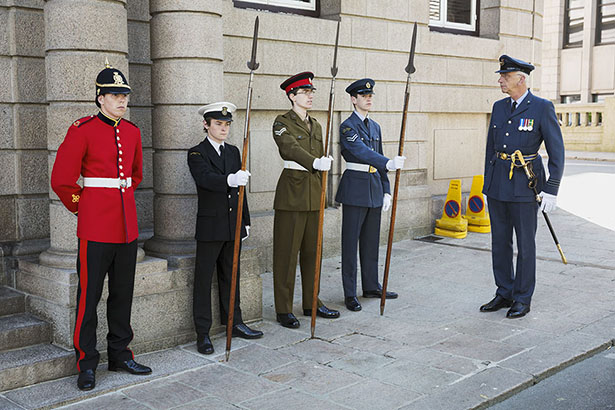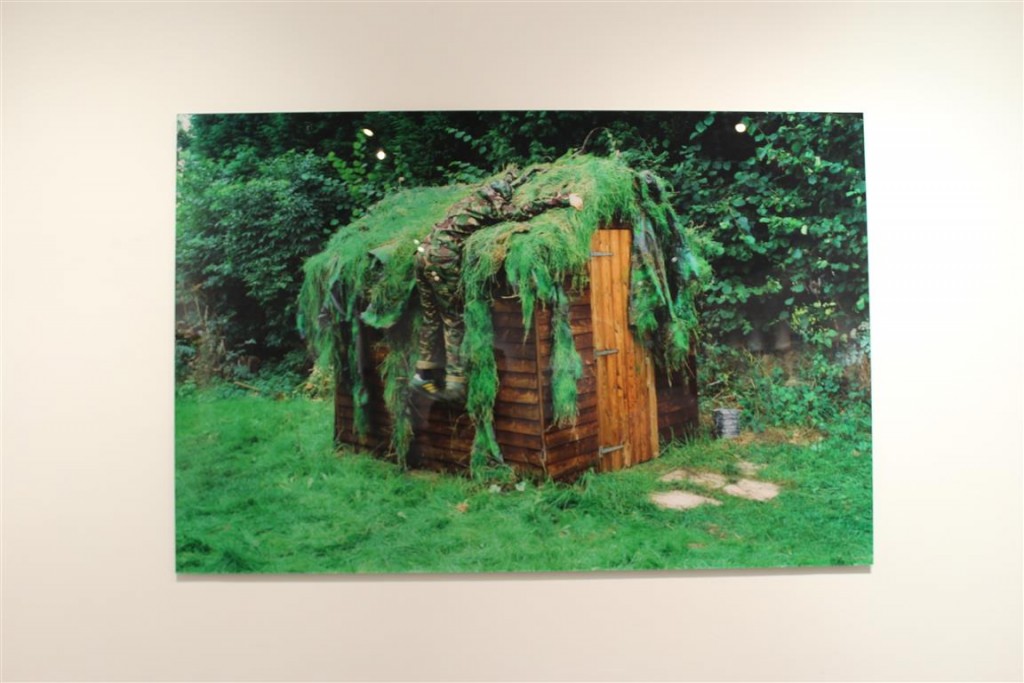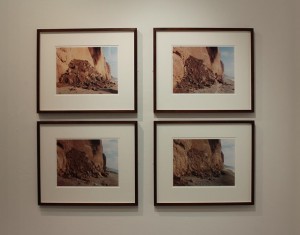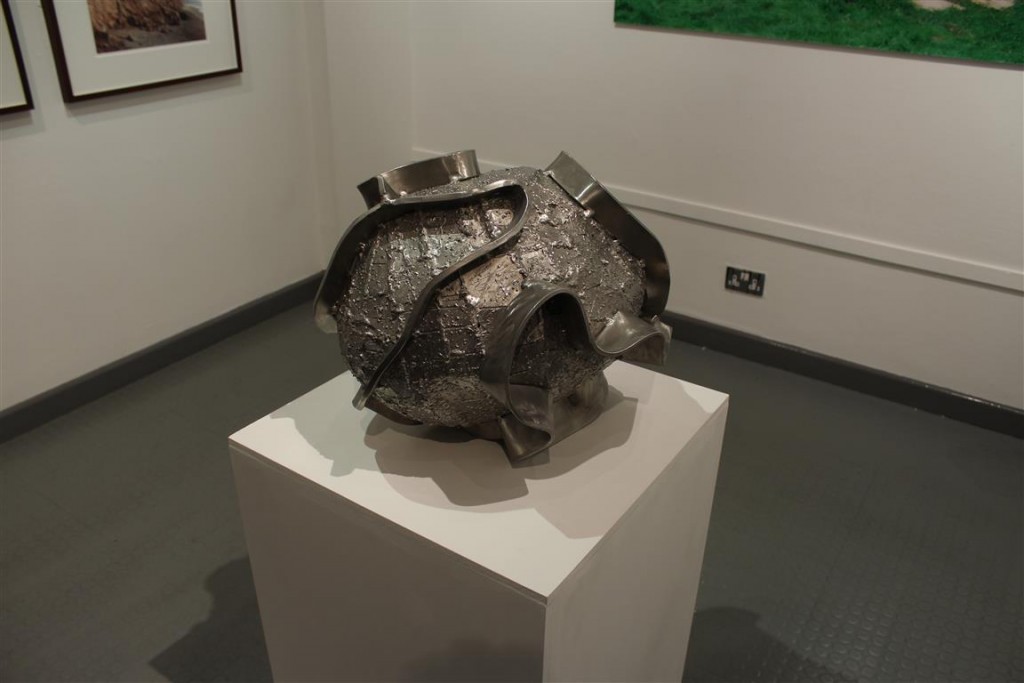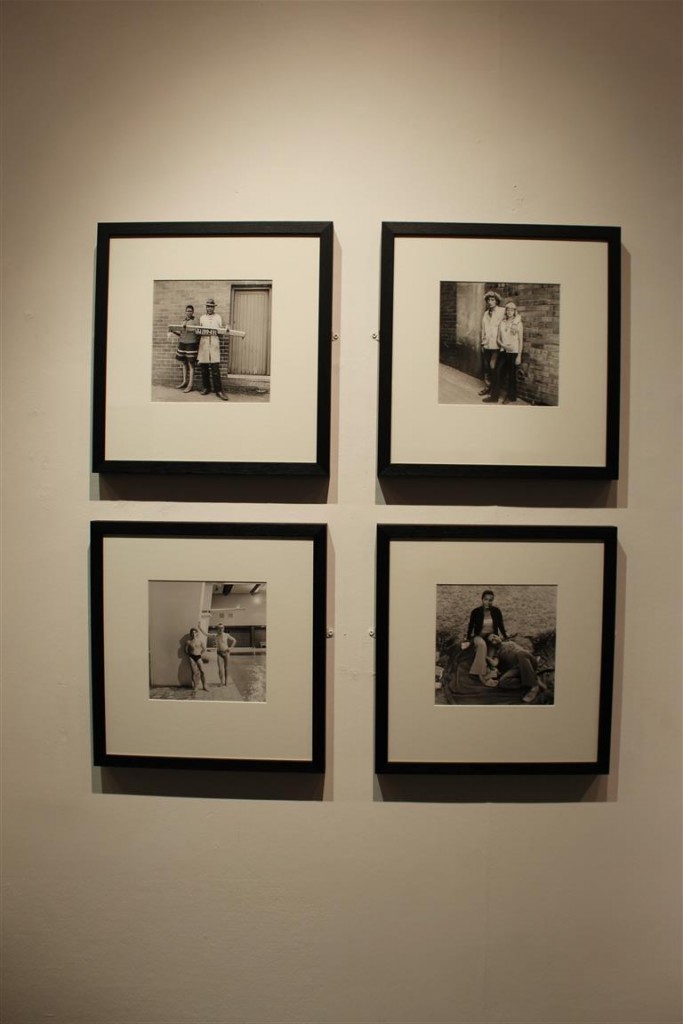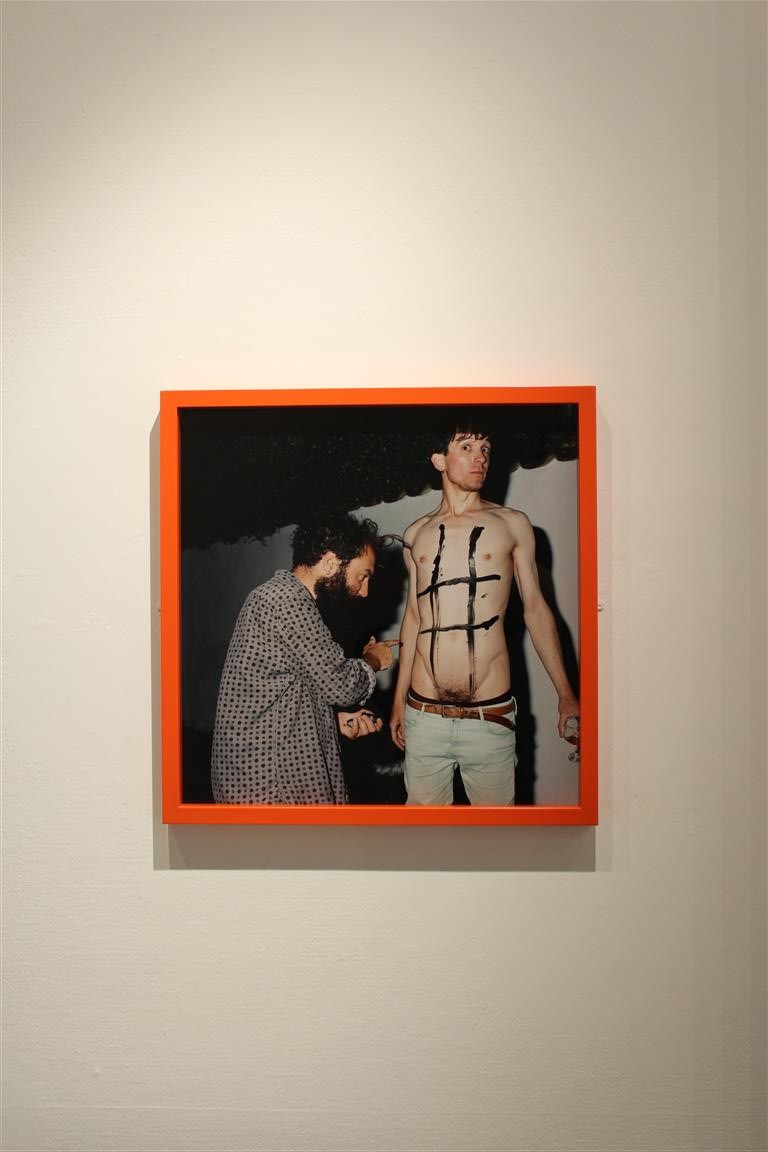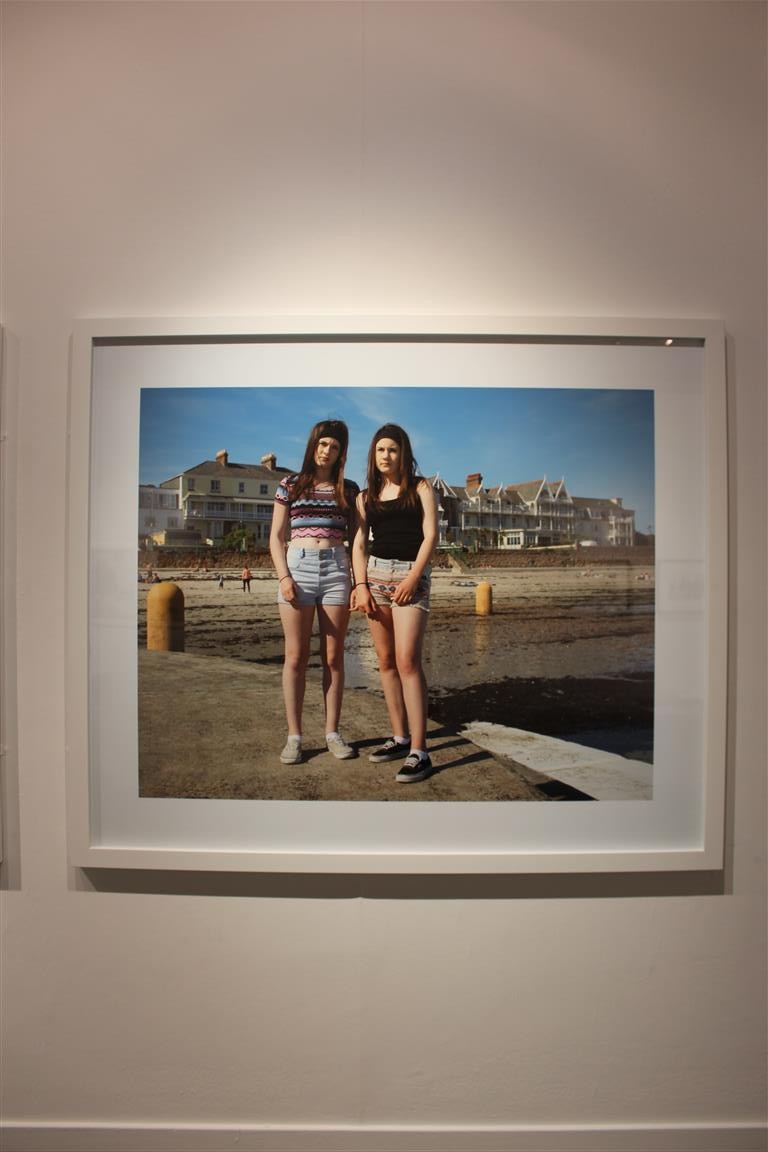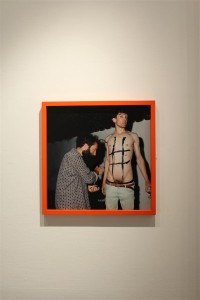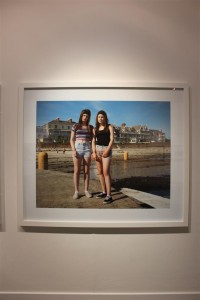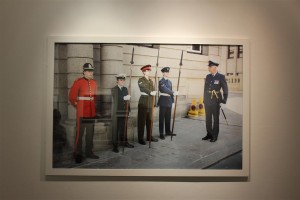For this case study I chose to look at Toft and Larsen first as when looking around all of the images these were the ones that really stood out most to me. I found Larsen’s images so visually pleasing and beautiful but I knew nothing about the images and what they represented and was shocked when I found out what they were really about. I love finding out new things in the photographic world and what underlining messages there are behind these types of images.
Martin Toft is the local photographer who nominated Finn Larsen. He is a Danish man and is currently living in Sweden. Toft was 25 years old when he figured out that he wanted to be a photographer and if he hadn’t met Larsen, Toft says that he wouldn’t be a photographer. He basically mentored him giving him a load of photographers photo books to read and study for one week, a box filled, the next week he would go back to see Larsen where they would discuss everything Toft had found out and learnt. They did this every week. This really helped Toft become a better photographer and so Larsen has become one of his biggest influences.
Martin Toft’s website: http://www.martintoft.com
Finn Larsen’s website: http://thephotographersprint.com/products-page/finn-larsen/
“The photographs and the art that interest me enter into a global and historical dialogue about how the world looks and how it can be understood. It is about seeing the world, society, the landscape as soberly as possible, without God, sentiments, nationalism, symbols and other abominations.” – Finn Larsen
About Martin Toft
Martin Toft is a local photographer originally from Denmark. He is working as an A Level teacher here at Hautlieu school. Toft has worked on a huge project called Atlantus. This is a project showing the connections and contrasts between Jersey, Channel Islands and New Jersey. Through Toft’s work we are able to see how different and how similar the two are. It is strange that a lot of the world doesn’t even know that Jersey exists and this project in particular is interesting as it explores a place named after Jersey.
About Finn Larsen
Finn Larsen is an international photographer nominated by Martin Toft. He is a Danish photographer now living in Sweden. Larsen graduated as a photographer in 1980. He is a member of the Society of Artists and the Association of Visual Artists in Denmark. He is also a member of the National Organisation of Artists in Sweden. Larsen has published books over the years and has recently worked on a project titled ‘Mansland’ where he made images in Greenland of all of the waste and dump on the island.
Comparison | Toft and Larsen
Q. What underlining social and cultural messages are held in the work of Martin Toft and Finn Larsen?
In this essay I will compare the similarities and differences between Martin Toft’s photographic work as part of the Quintessence exhibition and his chosen artist Finn Larsen.
Firstly, I find these two photographers different in their approach and their style. Toft’s project shows people and the environment surrounding those people and how different and similar Jersey and New Jersey are compared to one another. He also looks into the history of these two parts of the world and shows, through his images, how far each place has come and how different it is now compared to in the past, especially in New Jersey. Whereas Larsen’s images are pure landscapes giving little away but with a deep political and environmental meaning behind it. I like both photographers but for very different reasons. I find Toft’s work very interesting in the people he chooses to make his images and their facial expressions, the way they look and feel in front of the camera. Toft’s work shows how a place can be named after another place yet have nothing in common with the original place or it even shows different sides of the spectrum and how they take care of things differently. Contrary, Larsen’s work is more just landscape work with strong political meaning behind them. I find that his work is a lot more subtle in that you wouldn’t guess what is going on in just one image, you would need to see the entire project to understand what is going on. I find his work very interesting as he has some really beautiful images with a deeper meaning that you most likely wouldn’t get if you did not read more into it.
However, I chose to compare the images above as I saw similarities in them visually. In the center of both of these images is an object, Toft’s is a large stick or pole and Larsen’s is a wooden bench. I find that Toft’s image shows the natural beauty of the land, it is simple yet the cloudy skies and the landscape is captivating. On the other hand, Larsen’s image looks,at first glance, like another beautiful landscape image of glaciers in the water with the perfect view from the bench but reading more into this project I found out that just beyond those glaciers is a dump, filled with human waste. It is so sad, to me, to see both of these beautiful landscapes yet our own destructive human nature is slowly destroying that and taking over with these landscapes being ruined by our waste and dumping. I find Larsen’s image very powerful and almost sending out a political message to the rest of the world saying that this beauty is being destroyed and ruined by our wasteful nature.
Contrary, better suited for the comparison would be the image Toft made of a black woman at a beach in New Jersey. This image represents a lot. It represents the struggle that black citizens of America went through. This image was made in a place in New Jersey called Asbury Park where black slaves used to stand and serve their white masters over 100 years ago. This is why this image represents a lot and is so significant in how far we have come as humans. In contrast, the image made by Larsen shows how really little we have come in society hiding our waste and dumping our unwanted rubbish behind a beautiful natural glacier. I really like these two images together as they both hold a lot more behind just that one image. It is captivating and interesting and the more you know about the subjects and the behind the scenes of what has gone on in the past or what is going on in the background makes the image even more powerful. I like these two photographers, Toft and Larsen, as their work holds meaning and doesn’t just tell us or show us in that single image, we aren’t given everything yet are left thinking about it and what it could represent. These images aren’t as simple as they look and have generated meaning behind them.
Likewise, a common theme that I am beginning to notice in both Toft’s and Larsen’s work is that it holds a deeper meaning. There is more to it than what you see as a spectator and their images hold so much significance and beauty. Both of their subject matters seem to reflect us as a society. The young black woman stood on the beach represents how far we have come as human beings and being able to bypass ridiculous laws and change the way we think to be broader minded and actually accept everyone as human beings. On the other hand, Larsen’s work represents society in a more negative light. This cant be seen in the beautiful image of his above as it shows the beauty of the glaciers and the sea and the cloudy skies but behind all that there is a disgusting dump filled with our own human waste and it shows how as a community and society we still don’t know how to control our own waste, how to not ruin the natural world that we have. It shows how we as a society are constantly taking over the natural world and making it a corporate one.
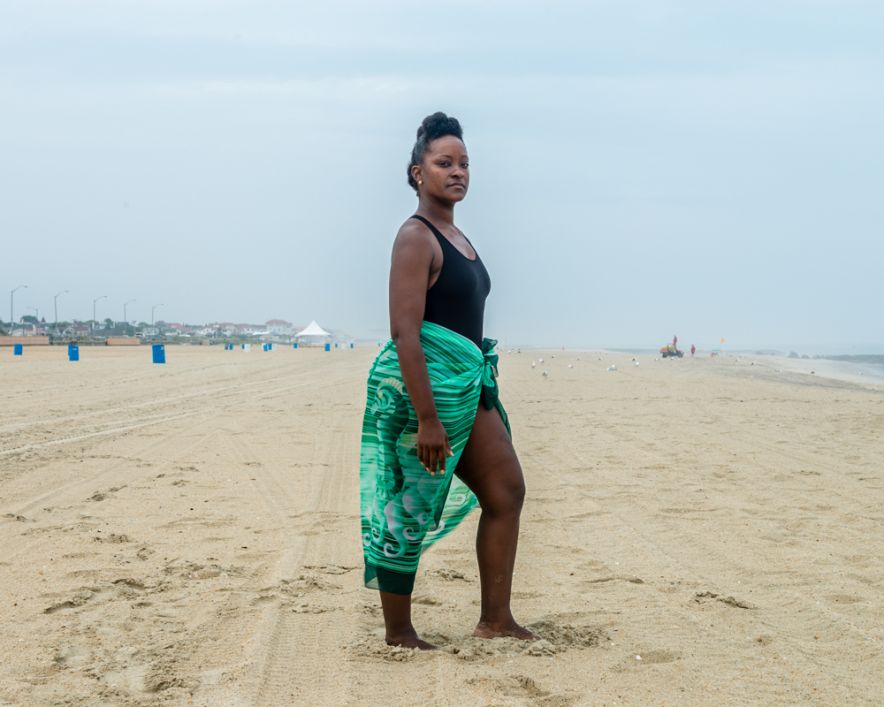

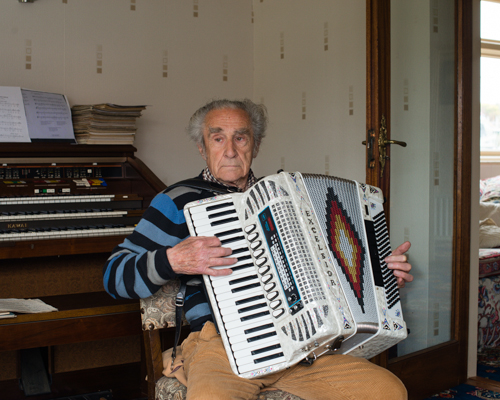
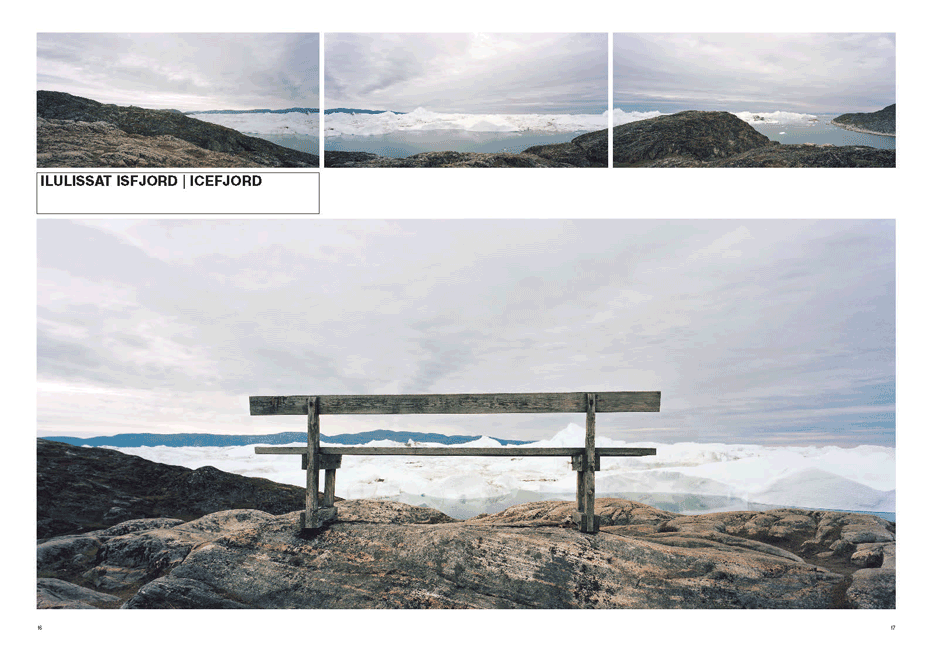


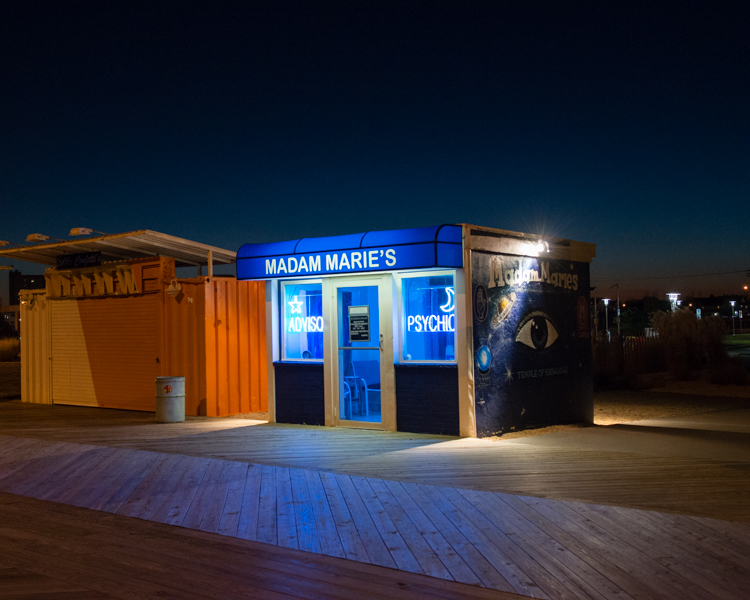
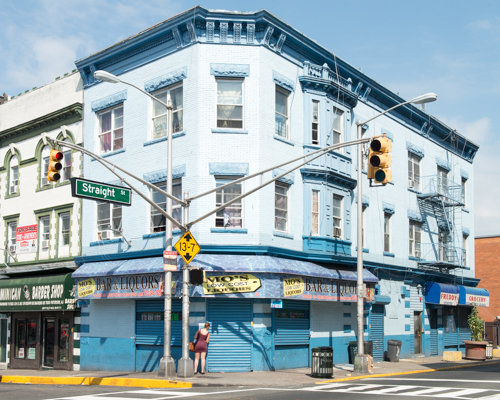
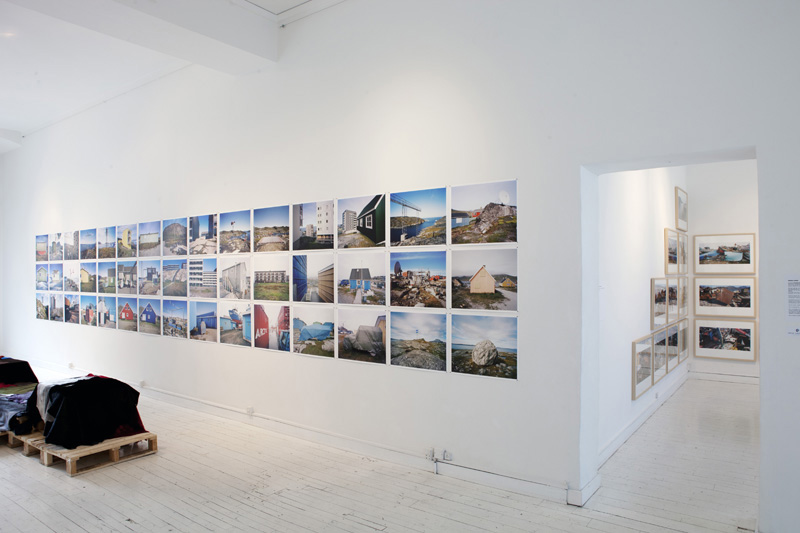
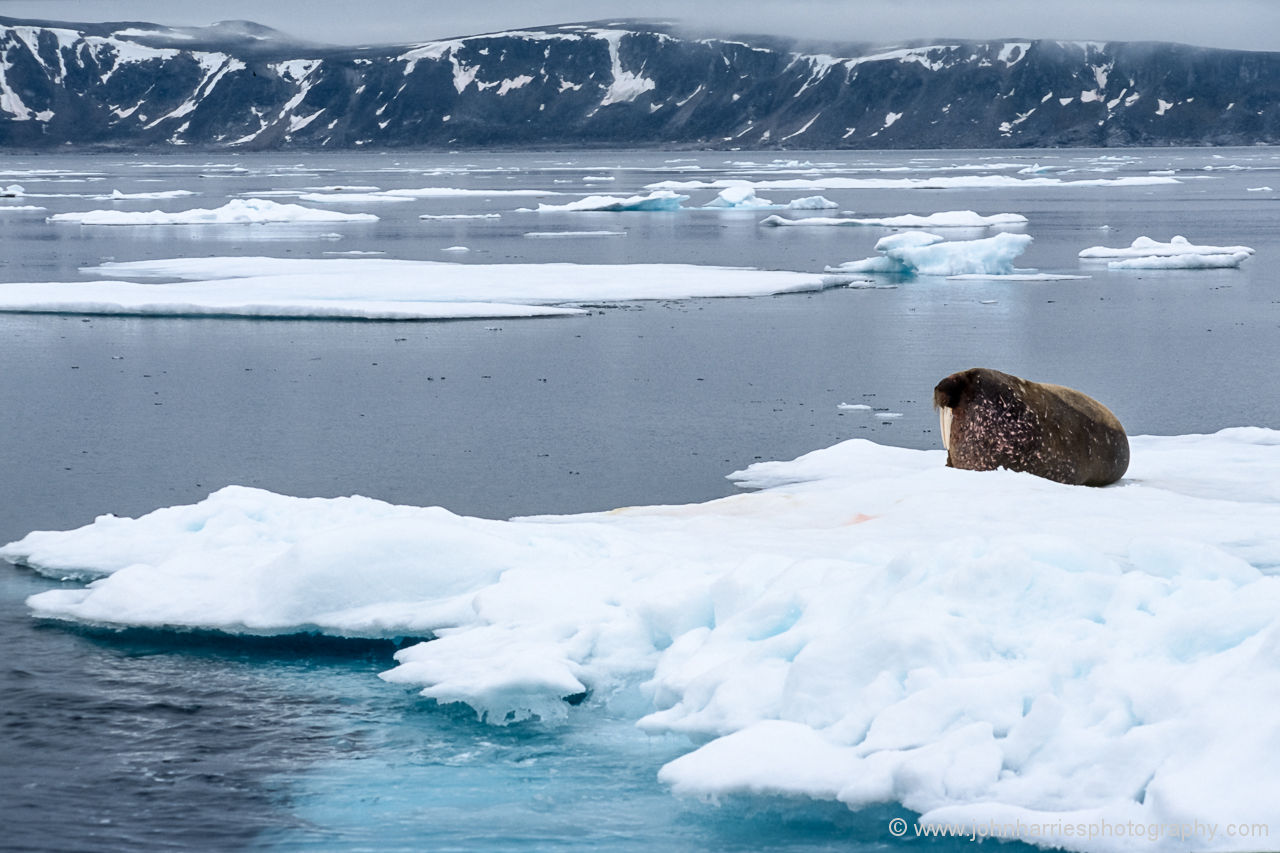
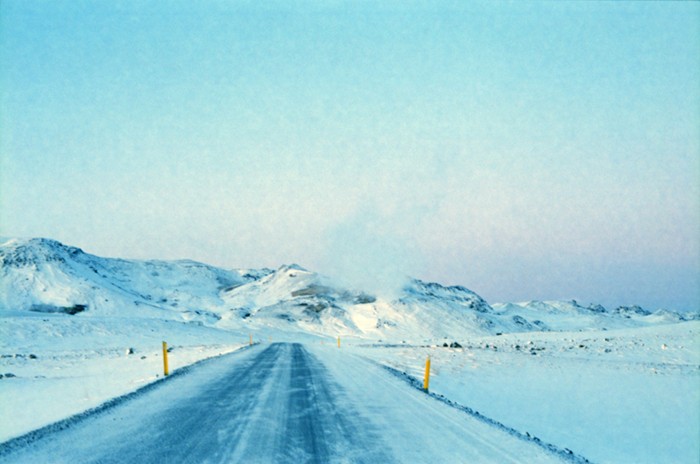
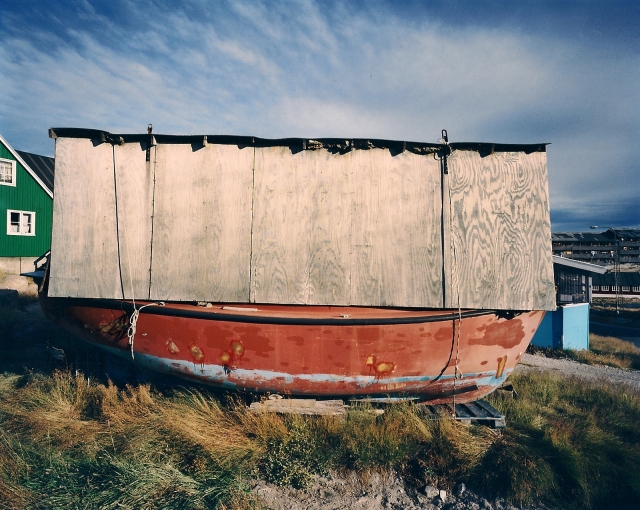

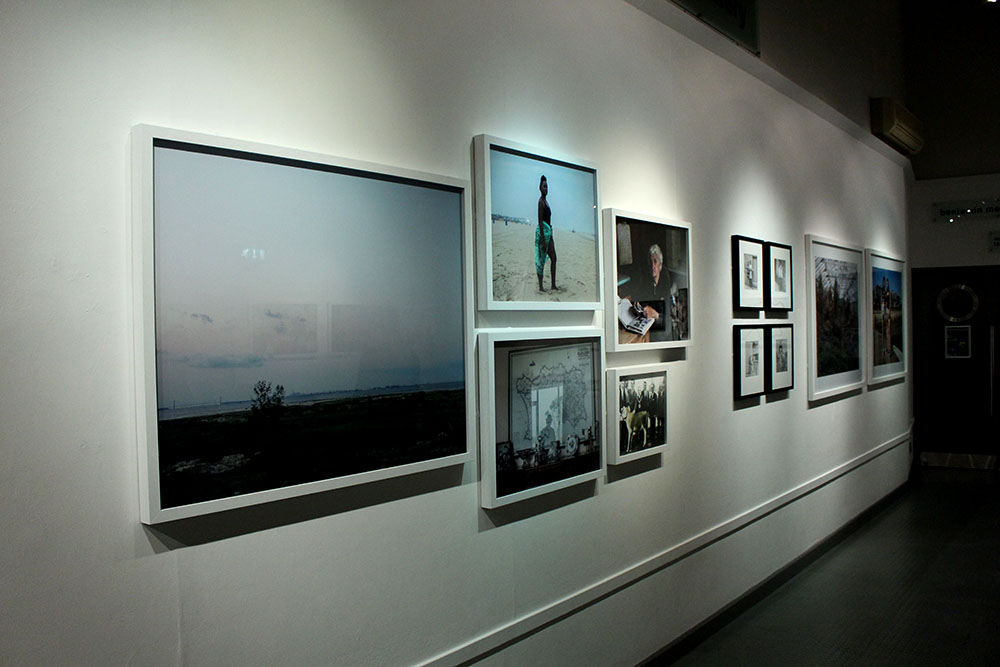
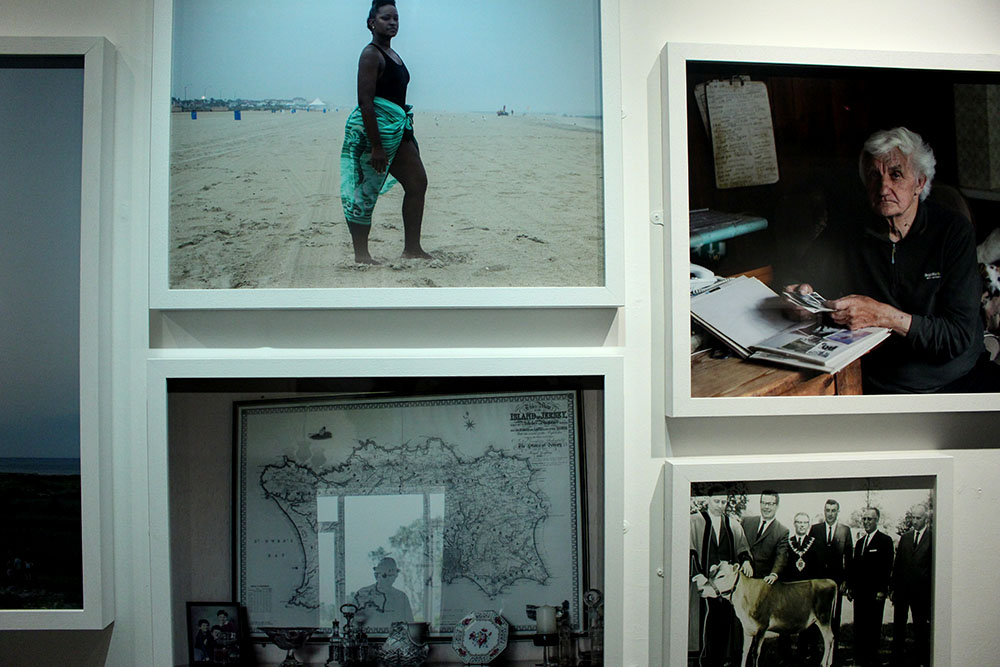
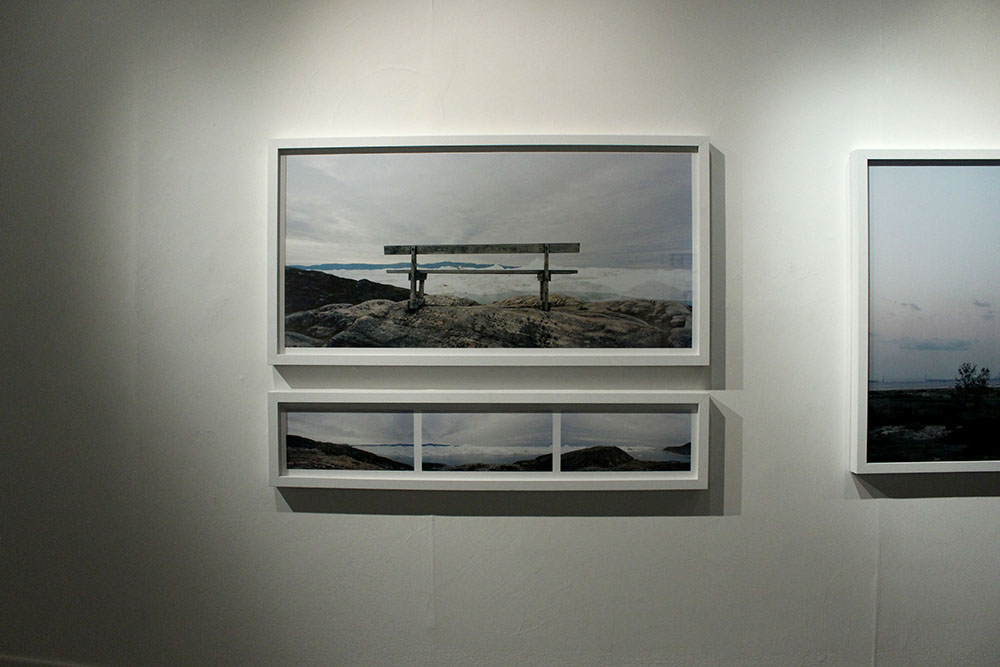

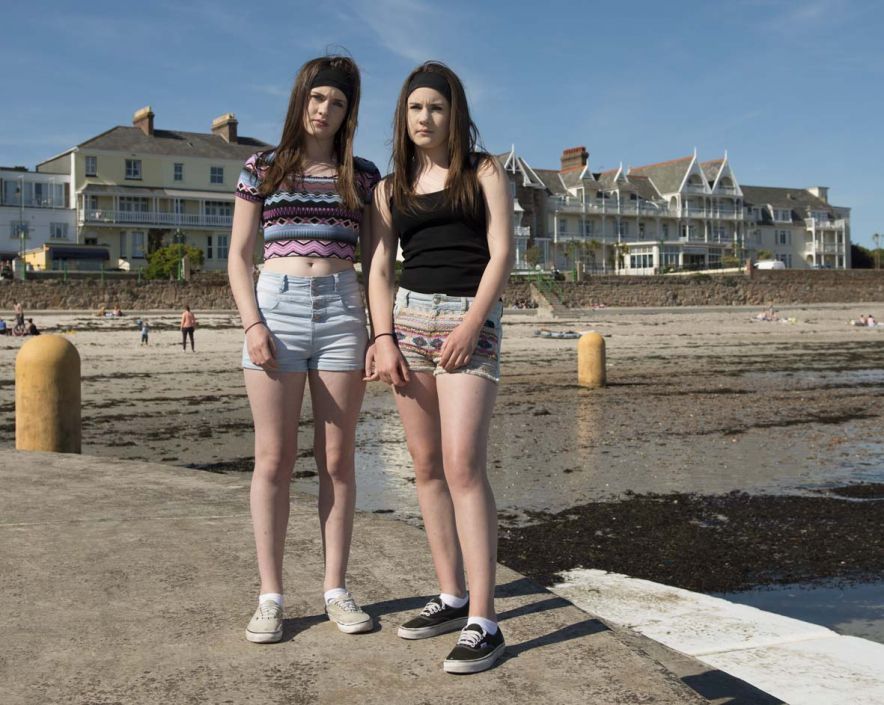


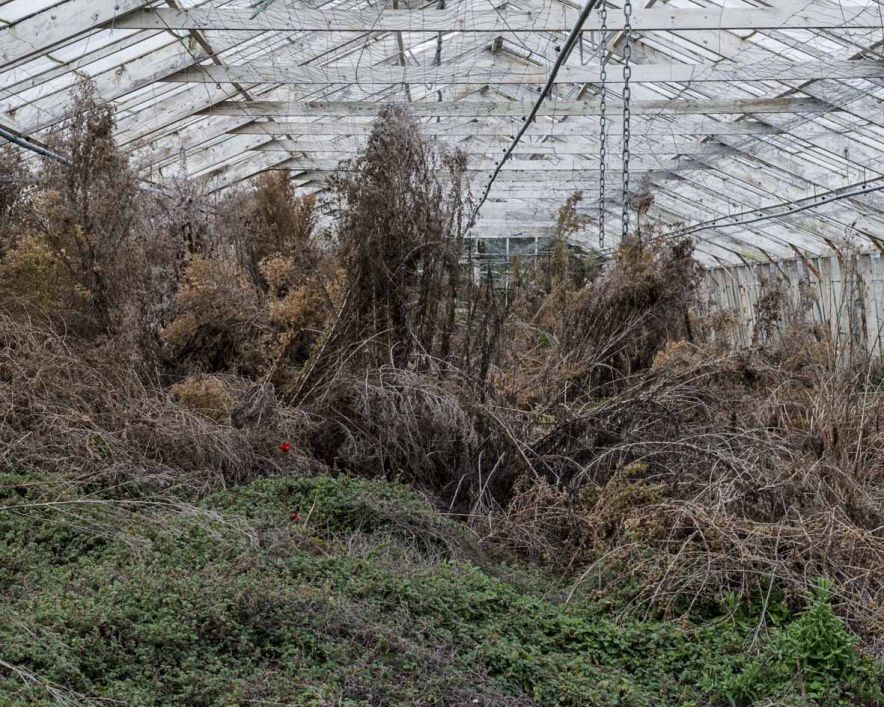
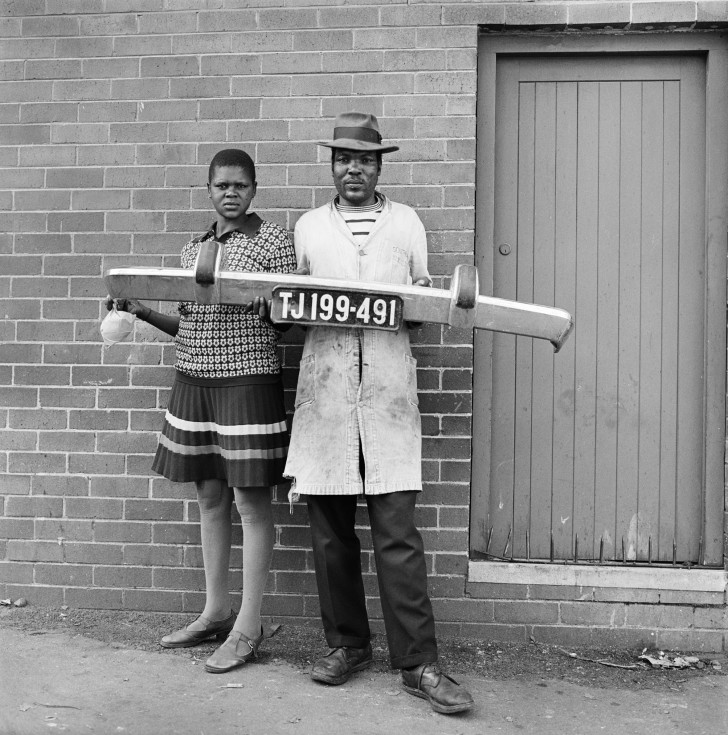














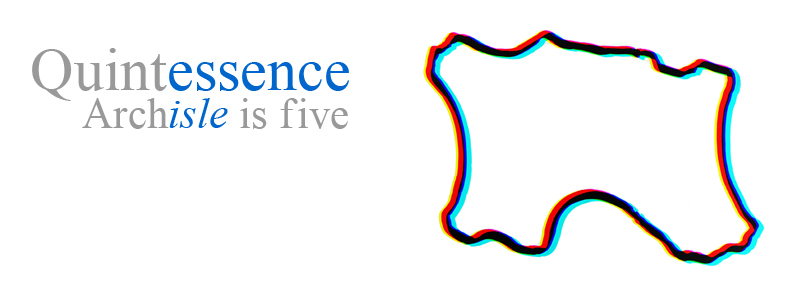
 However, in the Quintessence exhibition Michelle chose to exhibit two images, although only one showed an obvious link to Goldblatts work the other could be linked aswell. This is due to the theme the two artists are focusing on which is photographing people in their natural landscapes. The less obvious image shows a theme of this as the image is of a greenhouse and one bright red flower in the midst of the overgrown chaos.
However, in the Quintessence exhibition Michelle chose to exhibit two images, although only one showed an obvious link to Goldblatts work the other could be linked aswell. This is due to the theme the two artists are focusing on which is photographing people in their natural landscapes. The less obvious image shows a theme of this as the image is of a greenhouse and one bright red flower in the midst of the overgrown chaos.





